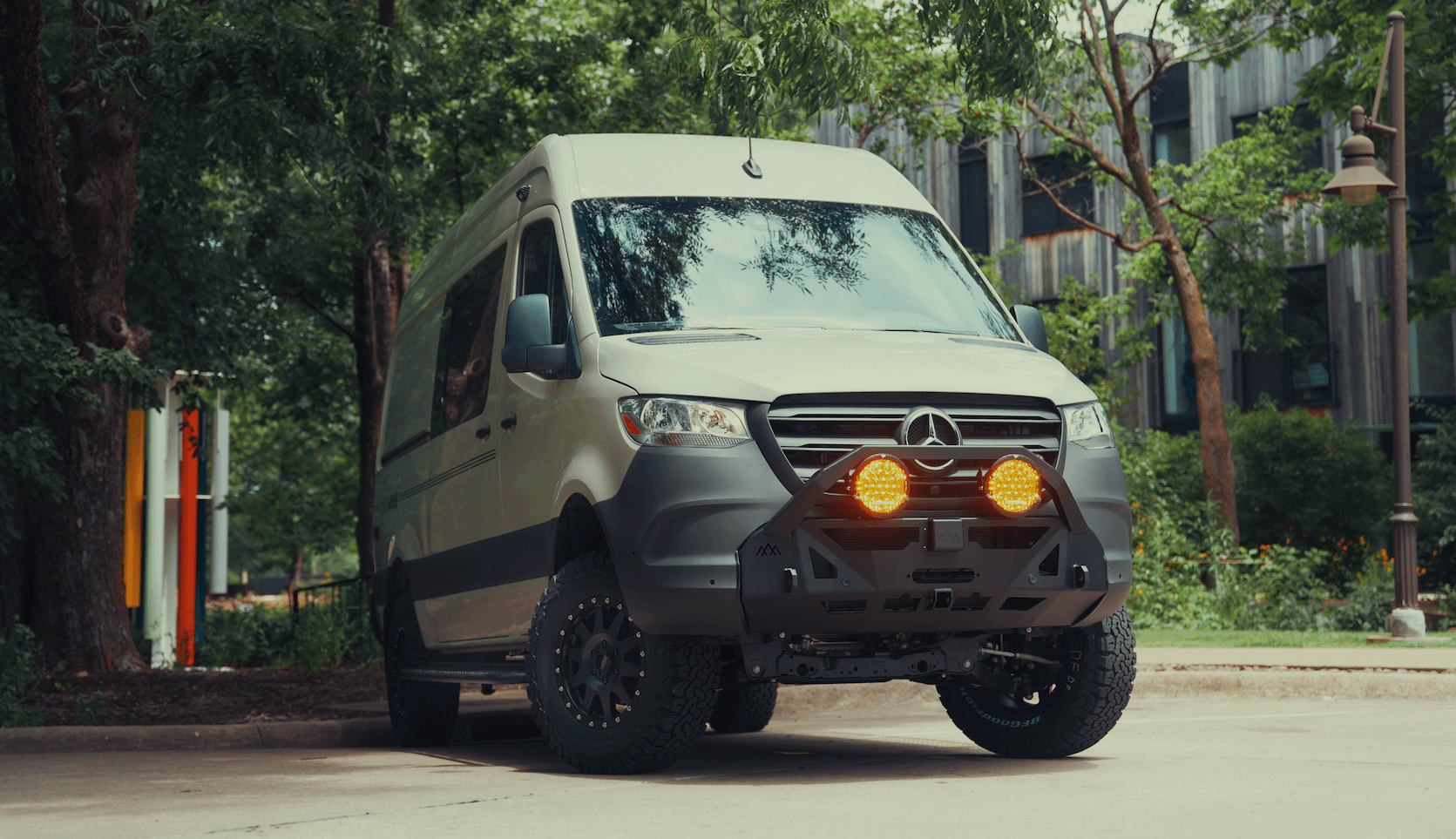Recreational Vans

A thermal break is a low conductivity layer that interrupts a heat pathway in a wall, roof, floor, or frame. Without it, heat flows through metal studs, fasteners, and window frames, which bypasses insulation and creates cold spots. That bypass is called thermal bridging and it can drop effective R value, raise energy use, and trigger condensation at cold surfaces. Adding thermal break materials for insulation changes the path and rate of heat flow, improving comfort and protecting the structure.
Heat moves by conduction through solid members, by convection through air movement, and by radiation across air gaps. Metal has very high conductivity, so even a small steel fastener can create a strong bridge that undermines surrounding insulation. A thermal break reduces that bridge by inserting a material with low conductivity at the connection, clip, or continuous layer.
When inside air touches a cold bridged surface that is below the dew point, moisture condenses. Over time that can lead to mold, odors, and material damage. Thermal breaks raise interior surface temperatures, keeping them above the dew point and reducing wetting. You still need air sealing and appropriate vapor control, but breaking the bridge is a major step toward a dry assembly.
Common hotspots include metal studs and hat channels, roof ribs, subfloor members, fasteners that pierce insulation, window and door frames, and exterior mounted brackets. Even highly insulated assemblies can underperform if these locations are not addressed with a dedicated thermal break strategy.
Material selection balances thermal conductivity, thickness, compressive strength, moisture behavior, fire performance, and ease of installation. There is no one best choice in every location, so many assemblies combine several types.
Good outcomes rely on both the material and the detailing. Think of thermal breaks as part of a system that includes insulation, air control, and moisture control.
Start with continuous insulation that covers as much area as possible, aligned with the primary air barrier. Then address unavoidable penetrations with isolating pads, sleeves, or clips. Reducing the number and size of direct metal paths has an outsized impact on performance.
Air leaks carry moisture and create cold drafts that defeat the thermal break. Seal seams and transitions, choose appropriate vapor control for your climate, and maintain drying paths where needed. Keeping interior surfaces warm and air tight limits condensation and improves real world comfort.
In floors and roofs, compressive strength matters. Select spacers and boards that handle rolling loads, point loads, and vibration without crushing. Consider fire ratings near heat sources. Plan for serviceability so panels, clips, or gaskets can be removed and replaced if hardware changes over time.
Building or converting a vehicle adds extra constraints. Curved metal ribs, frequent fasteners, and tight packaging make thermal bridging common. Careful use of isolation tapes at metal ribs, continuous boards over ribs, and insulated subfloors can transform interior comfort without giving up space.
For van projects that need real thermal performance, our crew designs full assemblies that include thermal breaks, air sealing, and moisture control. Explore our recreational vans by OZK to see how we turn these concepts into quiet, dry cabins. If you want a from scratch plan and professional installation, review our custom build van services. To learn more about our approach and capabilities, visit the OZK Customs home.
Thermal break materials for insulation do more than bump a number on paper. They prevent cold stripes, quiet the ride, and keep interiors dry through shoulder seasons. Tell us where you travel and how you use your rig, and we will specify the right materials at the right locations, then build it cleanly so it lasts.
At OZK Customs in Fayetteville Arkansas, we craft complete recreational adventure vans, overland upfits, and tailored interiors that perform across seasons. Let us design and install the thermal breaks, insulation, and power systems that fit your routes and gear. Reach out today and we will map your build plan.
Ready to build a quieter, drier, more efficient adventure van with proper thermal breaks and smart insulation details? Share your goals and timeline. Our Fayetteville team designs and installs complete solutions that prevent condensation, protect structure, and keep the cabin comfortable in every season. Start your custom plan today.
ADDRESS:
6159 E Huntsville Rd, Fayetteville, AR 72701
PHONE:
(479) 326-9200
EMAIL:
info@ozkvans.com